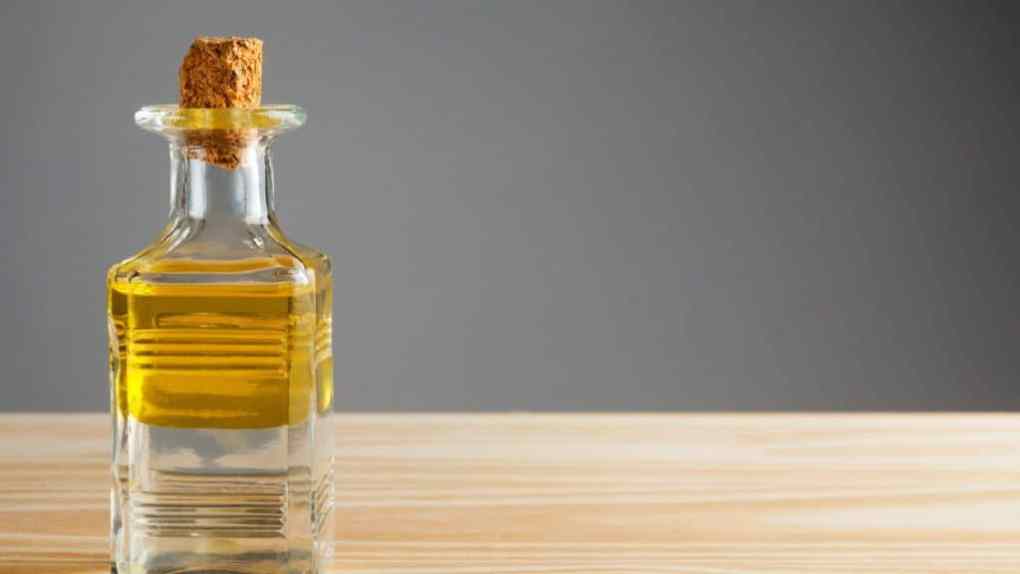Interested in making some DIY beauty products and lotions in order to stay chemical-free? You’ll probably come across some recipes that ask for natural emulsifiers. But what are they?
This post may contain affiliate links, which means I may be compensated if you decide to make a purchase. You can read our full disclosure here.
What are Natural Emulsifiers Used For?
Lotions and other creamy beauty products often use a blend of water and oil in their formulation. However, as we all know, water and oil don’t mix.
So why don’t lotions separate?
Emulsions.

Oil in Water vs. Water in Oil Emulsions
There are two types of emulsions: one in which the oil drops are packed inside the water drops (oil in water), and one in which the water drops are packed inside the oil drops (water in oil).
Water in oil emulsions are creamier, perfect for night creams and sun protection.
Oil in water emulsions are more moisturizing, which is best for body and daytime lotions.
Why Choose Natural Emulsifiers When Making DIY Beauty Products
Some emulsifiers can cause skin irritation and redness, and if you’re looking to create a beauty product that’s truly natural or organic, you’ll need to use a natural emulsifier.
Polysorbate goes through a chemical process that is not considered natural. Any kind of beauty product that uses polysorbate emulsifiers (including the popular Polawax) are not natural, and if you wanted to sell your products, they could not have an organic or natural label.
Which Natural Emulsifiers are Best?
There are quite a few options for natural emulsifiers, so which one should you choose? We’ve included a list and a short description of the top natural emulsifiers below.
Once you pick your favorite, humblebee & me has a great list of online shops where you can purchase them!
Vegetal (Cetearyl Alcohol and Cetearyl Glucoside)
Vegetal is derived from plants, typically palm, coconut, or corn. Before using vegetal or Cetearyl Alcohol and Cetearyl Glucoside in your DIY products, you should make sure it’s environmentally-friendly and sustainable. We do not recommend palm products because of the detrimental effects they have on our planet.
Olivem 900 or Olivem 1000 (Cetearyl Olivate and Sorbitan Olivate)
Olivem 900 and Olivem 1000 are natural emulsifiers that are derived from olives. It’s an emulsifier and a thickening agent, so it works well for night creams and sunscreen. This is our emulsifier of choice when creating DIY beauty products.
Xyliance® (Cetearyl Wheat Straw Glycosides and Cetearyl Alcohol)
Xyliance® is one of the oldest and most well-known natural emulsifiers, but it’s made with palm oil, so we do not recommend using it.
Ritamulse SCG (Glyceryl Stearate, Cetearyl Alcohol and Sodium Stearoyl Lactylate)
Ritamulse is made from plants, and it’s a natural emulsifier and a thickening agent (similar to olivem).
You can find Ritamulse under brand names like ECOmulse and Naturmulse.
Lecithin
Lecithin is a natural blend of lipids that are found in food sources such as egg yolks and soybeans. Soya lecithin is the most popular for beauty products.
It creates a thick and creamy substance that can be great for dry skin, and it contains natural antioxidants. However, lecithin creates very heavy cream that doesn’t absorb as well as other emulsifiers, so it’s not the best for day creams or hand lotions.
Is Beeswax a Natural Emulsifier?
Contrary to popular belief, beeswax on its own is NOT an emulsifier.
Beeswax has oil-like properties, so you either have to emulsify it or you actually have to alter it before using it in beauty products.
How? Typically with borax.
Borax turns beeswax into soap, and that soap then becomes a natural emulsifier.
Sounds simple enough right? Borax is a naturally-occurring mineral. It must be safe…
Unfortunately, borax is carcinogenic and it’s actually been banned from some uses in the EU, so you shouldn’t use borax if you’re trying to detox your beauty products.
You can, however, use beeswax on its own as long as you plan to use your product within a few days (because without an emulsifier, it won’t be shelf-stable).
Is Coconut Oil an Emulsifier?
Coconut oil is not an emulsifier either. It’s an oil that needs an emulsifier in order to blend with water.

How to Make Products with Natural Emulsifiers
Just do it.
I know that sounds incredibly simple, but when you’re making beauty products, the basic principle is to simply create the solution.
Many people talk about a “heat and hold” method where you heat the ingredients to 158-degrees fahrenheit (70-degrees celsius), but there’s really no need to do this. All you need to do is heat your ingredients enough for the solution to liquify. If they’re already liquid, you just have to mix them together.
Formula Botanica, an online institution that offers courses for organic product formulation, can teach you more about the myths behind the heat and hold method.
How to Make a Basic Lotion with a Natural Emulsifier
Want to experiment a little bit and make a unique natural lotion at home? Here are the basic quantities that you’ll need of each ingredient:
- 6-11% emulsifier or co-emulsifier
- 20-40% oils or butters
- Fill up with water & other additives (like essential oils)
If you’re interested in making lotions and other beauty products for you and your family, consider what kind of emulsifier you’ll use, then come back here and tell us what you made!




